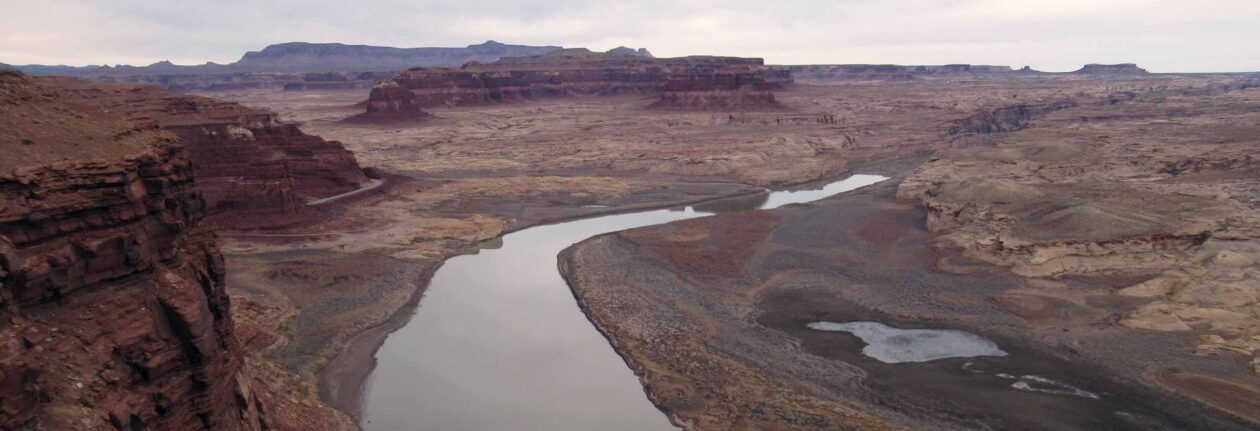Luxembourg City, Luxembourg
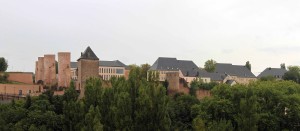
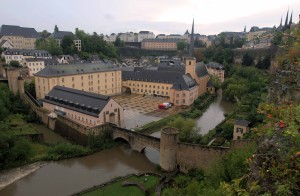
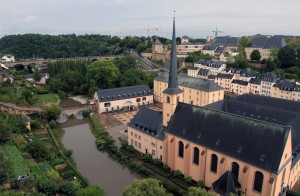
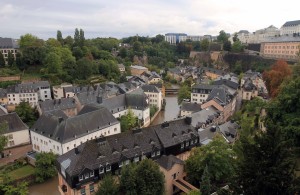
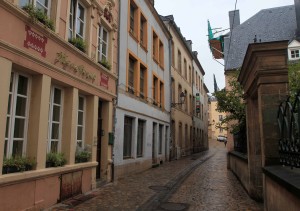
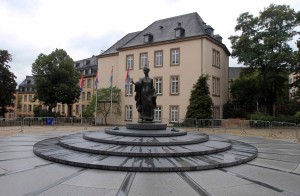
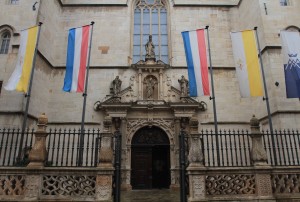
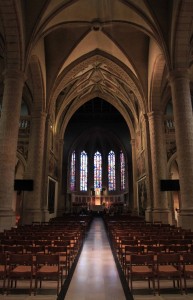
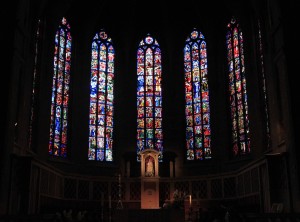
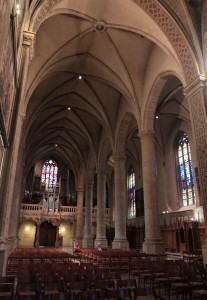
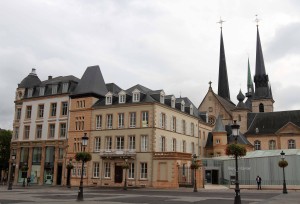
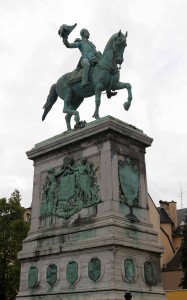
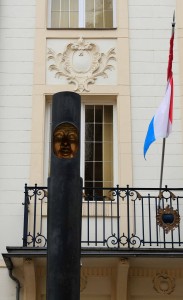

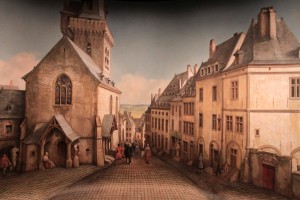

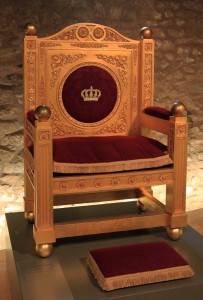
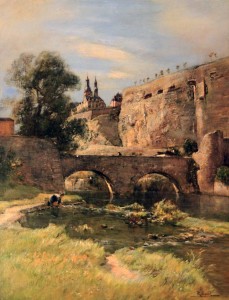
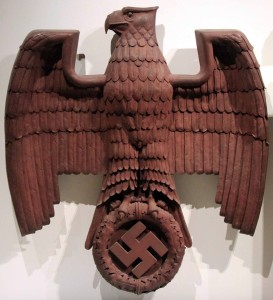
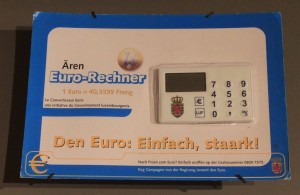

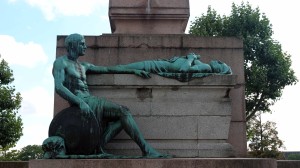
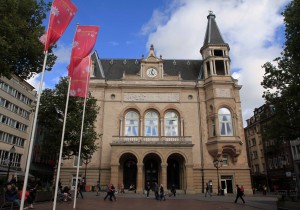
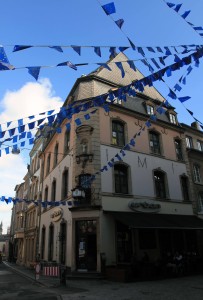
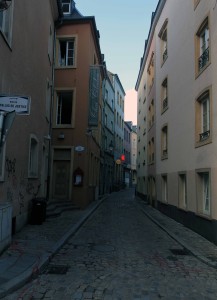
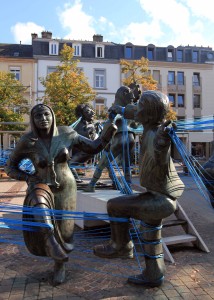
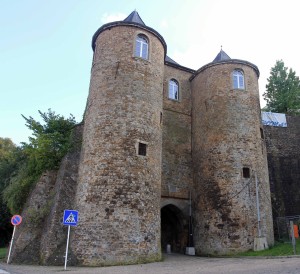
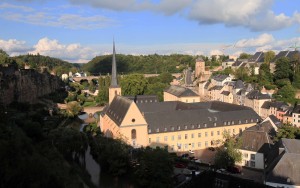
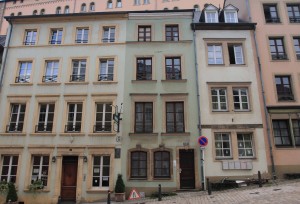
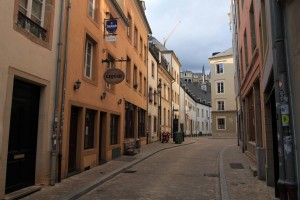
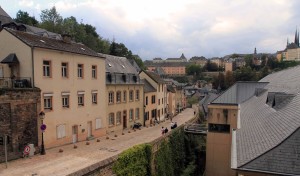
I woke up today at 07:30, showered, dressed, and got ready to see the sites of Luxembourg. Sure, I was still sick and my throat was sore (although not as sore as the previous two days), but I was determined to see some of Luxembourg before I departed this country and moved on to Belgium. Well, it just so happened to be raining outside. The last two days was nothing but sunshine and now that I was well enough to venture outside, it was cloudy, raining, and cold. Fuck. I decided to wait a while and see if the weather improved; so, I walked downstairs to the restaurant and ate breakfast (tea, juice, bread, jam, and applesauce). Next, I decided to spend my time doing laundry while I waited for the weather to clear; so I paid for detergent and a key card to use the laundry facility in this large youth hostel. The laundry facility was comprised of one washer and one dryer that vented in to the room (seriously; they had to keep a door propped open so the carbon monoxide could escape). Lucky for me, the washer was free and I was able to do two loads of dirty laundry. Then, I put all my clean, wet clothes in to the dryer and went upstairs to my bed to nap for an hour. Once my hour nap was up, I returned to the laundry facility and waited the remaining fifteen minutes or so for the dryer cycle to finish. With my clothes now cleaned and dried, I put them away in my bag in the dorm room and then went to the hostel restaurant for lunch. For lunch I had beer, bread, soup, and lasagna. After lunch, it was still raining, but I had no choice despite my illness. So, I grabbed my camera, tripod, and umbrella, and exited the hostel around 13:30 to see Luxembourg City. I first walked west on Montée de Clausen, along the Bock Fiels where the original castle built by Count Siegfried in 963 AD once stood (Siegfried I was a close relative of King Louis II of France and Emperor Otto the Great; he acquired the feudal lands of Luxembourg and then built his castle); some fortified ruins still remain on the bock; however, after Luxembourg’s declaration of neutrality in 1867 AD, the military withdrew from the fortress and, during the following sixteen years, 90% of the defenses were razed and demolished. I took many photographs of the valley, the Alzette River, and the ruins on the bock, but I did not bother entering inside the network of tunnels since I had too little time today. Around this time, it stopped raining and was more pleasant outside. Anyway, I walked in to the old city and to the Notre-Dame Cathedral, which started construction in 1613 AD, but was not completed until 1938 AD. I walked around the inside and took several photographs before returning to the outside. Next, I walked to Place Guillaume II (named after William II, King of the Netherlands and Grand Duke of Luxembourg) and looked at the Town Hall (built in 1838 AD in the Neoclassical style) and an equestrian statue of William II. Then, I walked to the Grand Ducal Palace (the official residence of the Grand Duke of Luxembourg, and where he performs most of his duties as head of state of the Grand Duchy) and admired its façade, as well as the façade of the building adjacent to it, the Chamber of Deputies. I then made my way to the Luxembourg City History Museum, where I entered inside, bought a ticket, and began touring the different exhibits on each of the six levels inside; the first three levels covered the history of the city (and consequently the nation) and the upper three levels had temporary exhibitions covering signs, uniforms, and the Pfaffenthal district within the city. After touring the museum, I exited the building, passed by the Grand Ducal Palace again, and walked to the Monument of Remembrance (also known as “Gëlle Fra” – Luxembourgish for “Golden Lady”) in Constitution Square; the monument is dedicated to the thousands of Luxembourgers who volunteered for service in the armed forces of the Allied Powers during World War I. Next, I walked to the Place d’Armes (the square where the people of Luxembourg welcomed their liberators on September 10, 1944 AD) and viewed the façade of the Cercle Municipal. I then wandered through the streets of the old city some more before coming to the city gate, Trois Tours (“Three Towers”). Next, I hiked down from the bock to the Grund neighborhood in the valley along the Alzette River. After walking around the Grund, it began to rain again. I then followed the Alzette River north to a small area that used to be industrial, but was now full of trendy clubs, bars, restaurants, and the Luxembourg divisions of Microsoft and Amazon (they picked a great spot for their offices). I then wrapped up my walkabout and headed back to the hostel. Upon reaching the hostel, I downloaded the photographs on to my laptop, went through them, warmed up some, and then walked downstairs to eat dinner in the hostel restaurant. I decided to have the lasagna again with soup, salad, and beer. After dinner, I went to bed and sorted through some more photographs before succumbing to sleep sometime around midnight.
